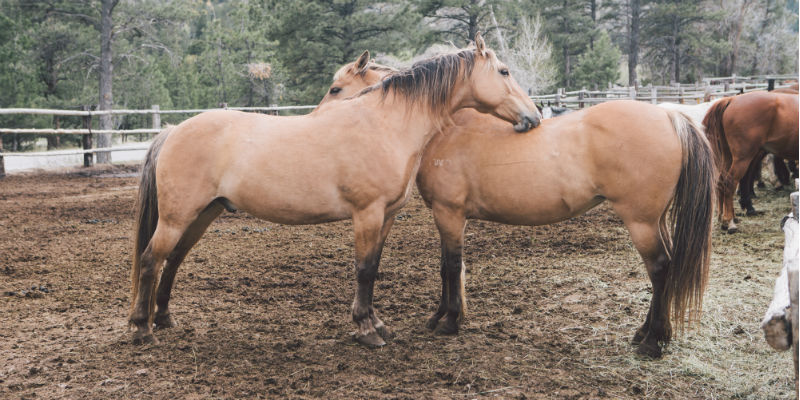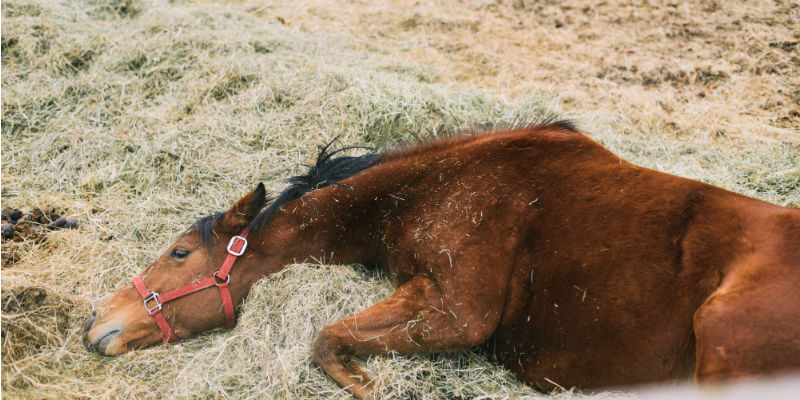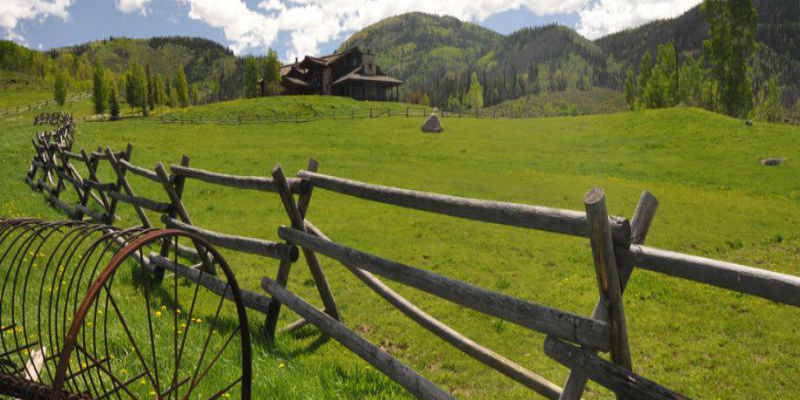Equine Therapy in Littleton
Mental health is an issue that many Americans deal with on a daily basis. In researching options, you may have come across the term Equine Therapy. This is a unique and experiential type of therapy that involves interactions between people and horses. Also, you may hear the terms Horse Therapy or Horse Assisted Therapy. These terms refer to equine therapy and the definition given above.
Patients engage in certain activities such as grooming, feeding, haltering and leading a horse. Mental health professional supervise the activity. Make sure that the animal is comfortable during the process. Opportunity strikes during the activity and after the patient has finished working with the horse. Therefore, the equine therapist can observe and interact with the patient. This will help to identify behavior patterns and process thoughts and emotions.
Additionally, consider making the move to Littleton. Littleton is a great place to live, work, and raise a family. However, is it close to the premier horse therapy center Happy Dog Ranch. Search for homes in Littleton now, many of which include accommodations for horses on the land. Here you will find a link to information about the equine therapy ranch in Littleton.








